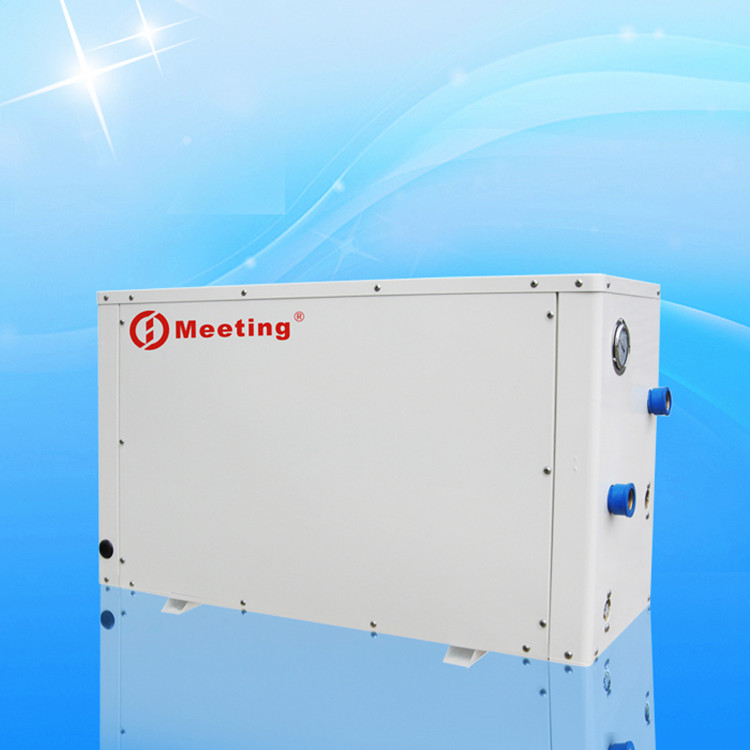People's livelihood, warm home, renewable energy, warmer, more blue
A week ago, the first water source heat pump energy station in Changsha began to operate. Heating the same area of the building space, compared to direct air conditioning, heat pump heating requires only one-third of the electricity. How is this done? Liang Zhipeng, deputy director of the New Energy and Renewable Energy Division of the National Energy Administration, said that this is because of the use of heat in the river.

Liang Zhipeng: In simple terms, the heat pump absorbs heat from the environment, then compresses the compressor, raises the temperature, and then releases heat into the room. At present, the heat pump is suitable for areas where the outdoor temperature is not too low in winter.
It is understood that this Binjiang New City Smart Energy Center in Changsha on the Xiangjiang River is the largest water source heat pump station in Asia. The use of shallow-source geothermal heat such as water source heat pumps and air-energy heat pumps to solve the winter heating demand in the southern region is becoming a direction for more regions to explore. In the north of China, biomass heating has also come in handy. The so-called biomass is actually made from agricultural waste such as straw, which has a high calorific value and low pollutant emissions. In Jilin Changchun, the renovation of the first boiler of the biomass heating pilot was completed in 2014.

Project related person in charge: In the past, these two 8-ton coal-fired boilers were now converted into a 10-ton biomass boiler. He burned particularly well and the heat was particularly good. This furnace is completely satisfactory.
According to the plan, by 2020, China's renewable energy supply, including wind power clean heating, solar heat utilization, biomass energy heating, geothermal energy heating, etc., can replace fossil energy with about 150 million tons of standard coal, reducing winter. The burden of heating on the environment.
